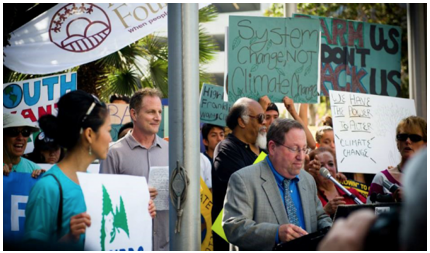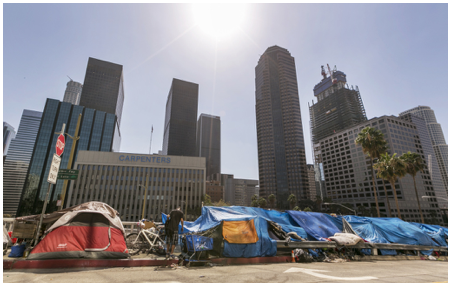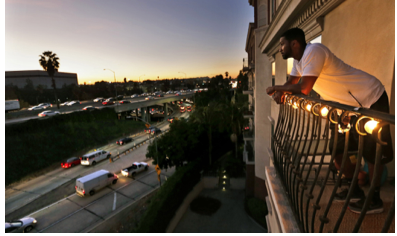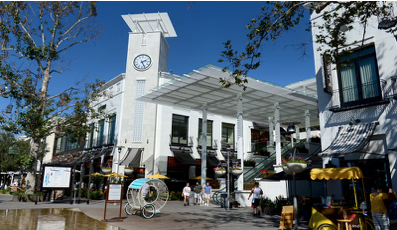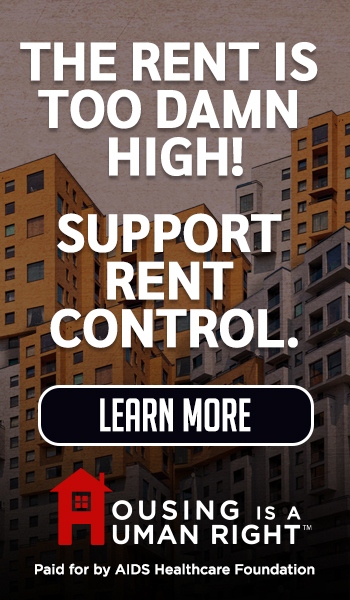Embracing Need for ‘WWII Style’ Mobilization, California Set to Go to War on Climate
CREATIVE MINDS MEET GRASSROOTS ACTIVISTS--Following news that legislation aiming to power California solely with renewable energy by 2045 passed the state Senate, bestselling author Naomi Klein joined Los Angeles City Councilman Paul Koretz and community leaders on Wednesday in calling for a "World War II-scale mobilization" to combat climate change and lead the way in developing environmentally safe technology. (Photo above: LA Councilman Paul Koretz.)

